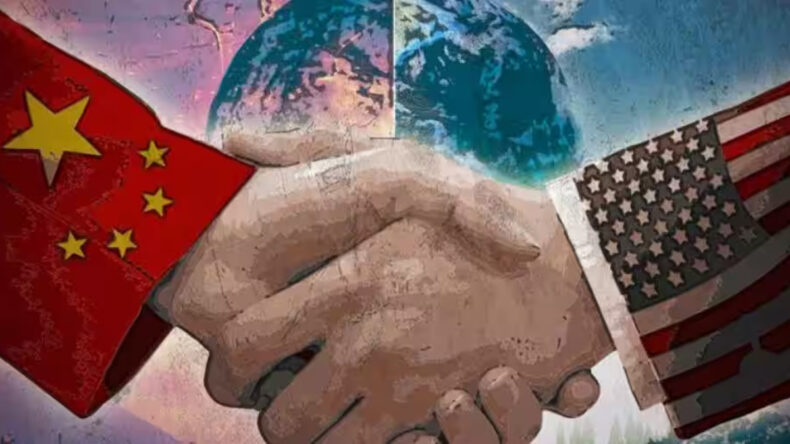The talks between Kerry and Zhenhua are expected to pivot on discussions regarding non-CO2 emissions, COP28 preparations and create a thaw between both countries
US Climate Envoy John Kerry arrived in Beijing on Monday, July 17 to conduct talks with his Chinese counterpart, Xie Zhenhua. This visit comes after a nearly year-long disruption to hold rigorous discussions between two of the world’s worst polluters as the US seeks to alleviate tensions with China on different issues such as human rights, trade, Taiwan and territorial claims.
China has tried to strike a balance between renewable and non-renewable energy sources, by being the largest producer and consumer of coal and going ahead with new coal plants and at the same time harnessing solar and wind power.
While the Republicans and Democrats in the US argue about the viability of the US negotiating with China on climate issues, it is urging China to adopt more driven targets for emissions reduction. Currently, China has pledged carbon neutrality by 2060, with the emissions peak in 2030.
The gist of Kerry’s talks
In the discussions, Kerry will try to urge China to amp up its efforts to decrease its reliance on coal and methane, one of the prime contributors of global warming apart from carbon dioxide. Similar to the US and Europe, China is also reeling under the adverse impacts of climate change with record high temperatures damaging crops and extreme heat waves. The visit came on a day when China recorded its hottest day ever with the temperature soaring up to 52.2C in the Xinjiang province.
The stalemate in China-US climate talks has been the historic emissions issue – the US lawmakers have time and again criticized China for refusing to make bigger cuts in the usage of fossil fuels, and its stand that it is still a developing country and should not be subjected to the same standards as the Western nations for cuts in emissions.

Image Source: The Economic Times
Kerry noted that the discrepancy between China’s climate goals and the size of its economy creates hindrances in the path of global progress for cut down in emissions. He also said that convincing China to amplify its emissions goals in tandem with the goals of other large economies seems difficult, at least in the near future.
The US has been making concerted efforts to bridge gaps with China on multiple fronts, with three senior Biden officials making visits to China in the past few weeks. Before John Kerry, Treasury Secretary Janet Yellen and Secretary of State Antony Blinken held discussion with their Chinese counterparts.
Kerry’s trip to China in April 2021 and again in September the same year facilitated a breakthrough for climate cooperation between the US and China. This resulted in a joint statement by both nations on the sidelines of COP26 held in Glasgow, UK in November 2021. The statement reiterated the stance of both countries to enhance cooperation in the domains of clean energy technology, emissions policy frameworks and regulations.
China has welcomed the recent frequent visits by the US officials emphasizing that these talks will help in alleviating the hiatus and getting the bilateral relations back on track.













